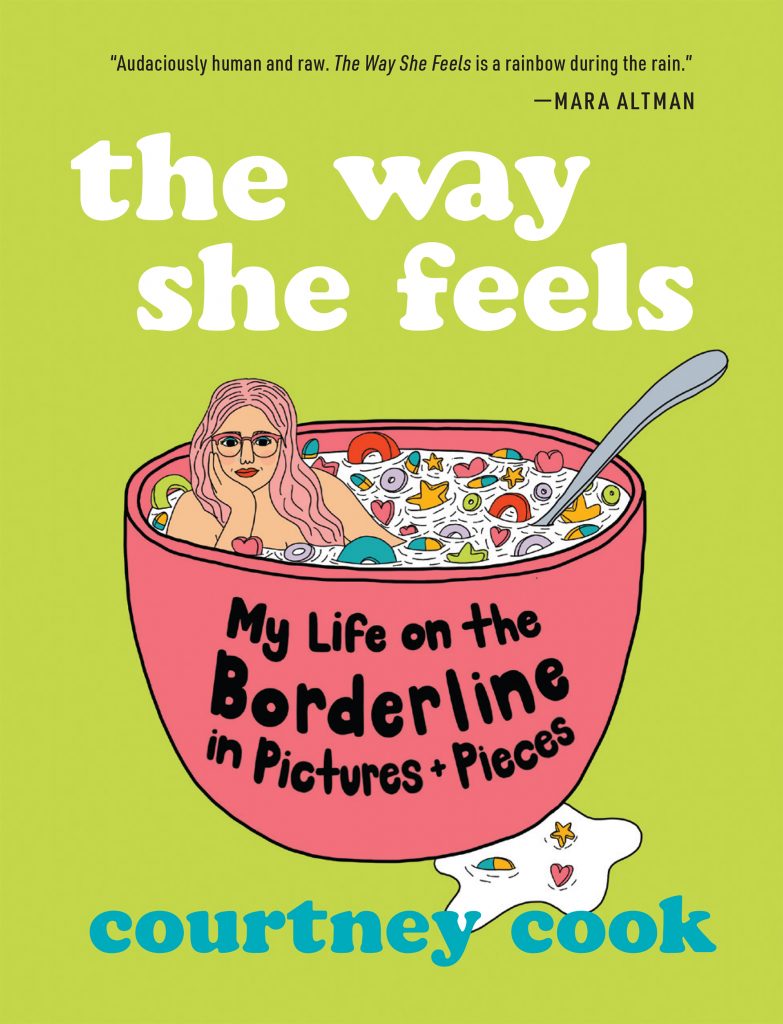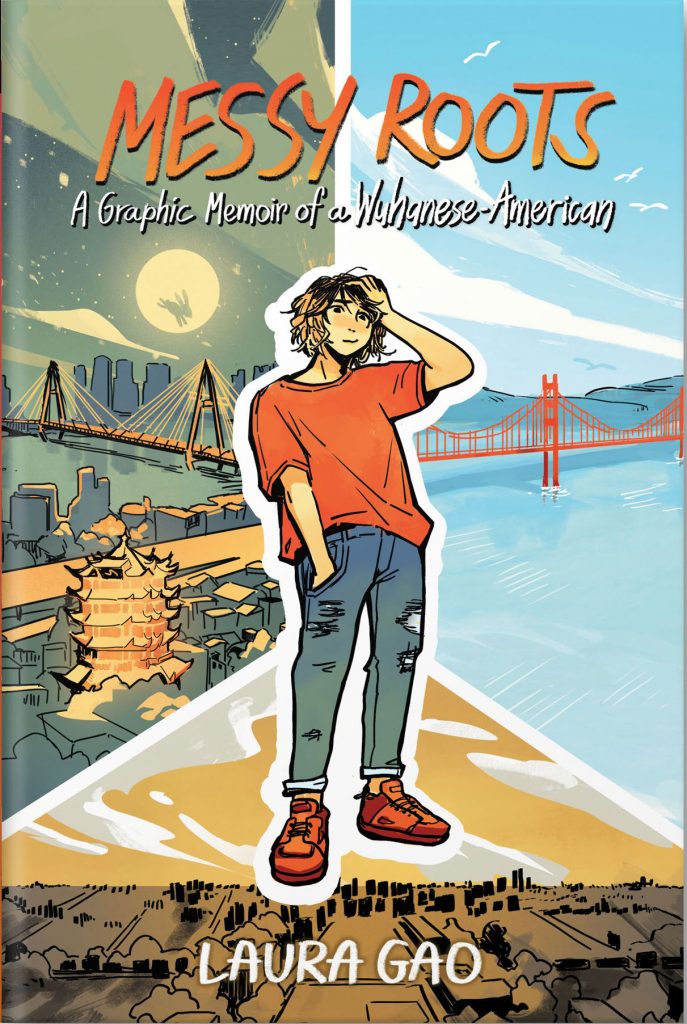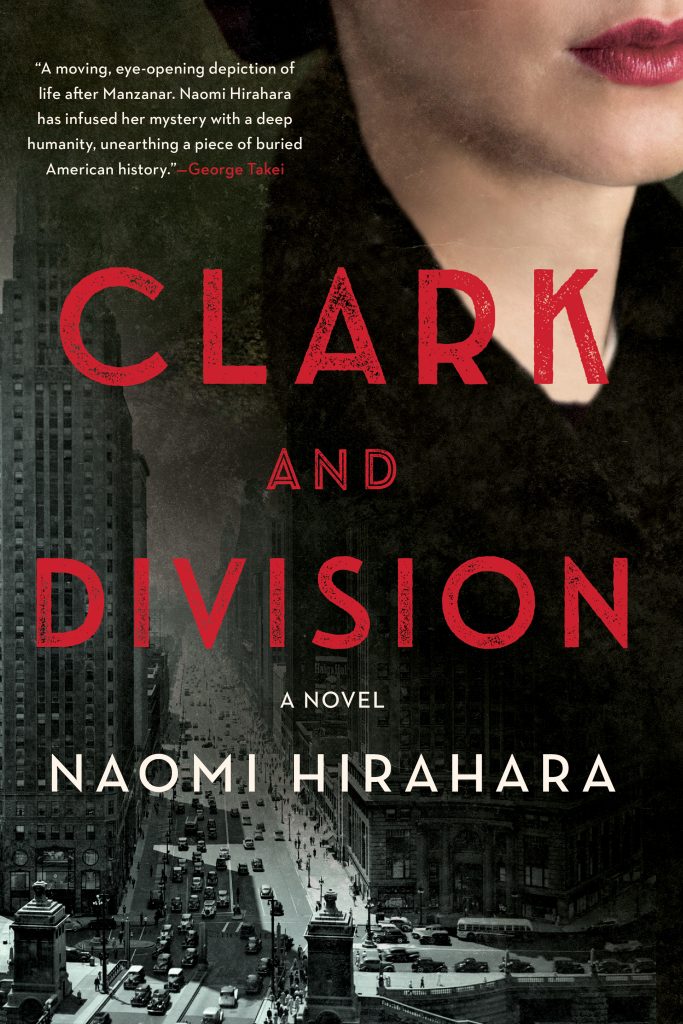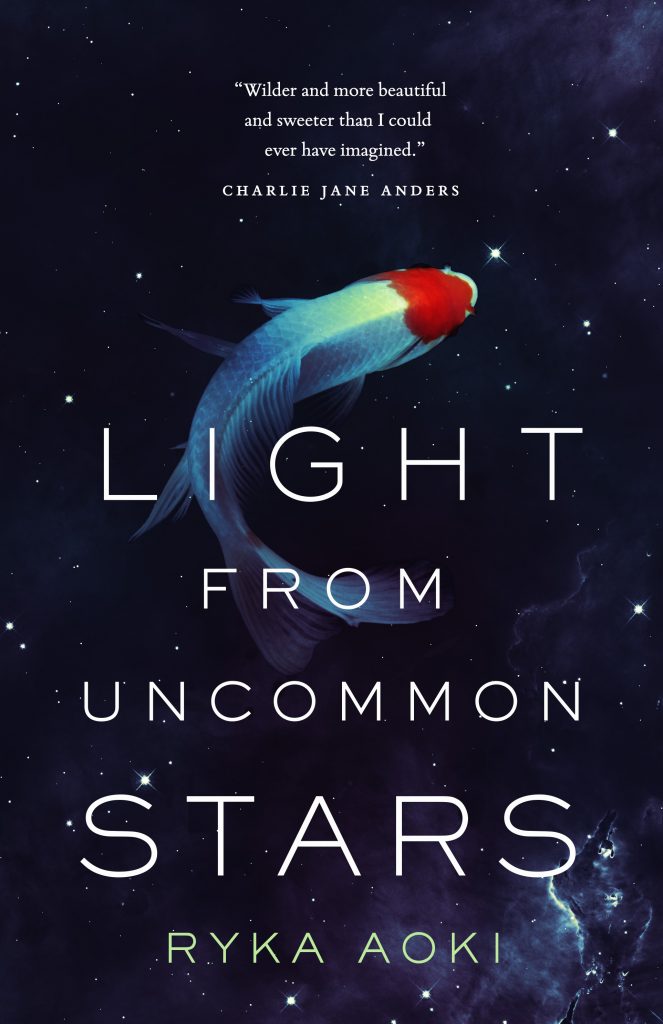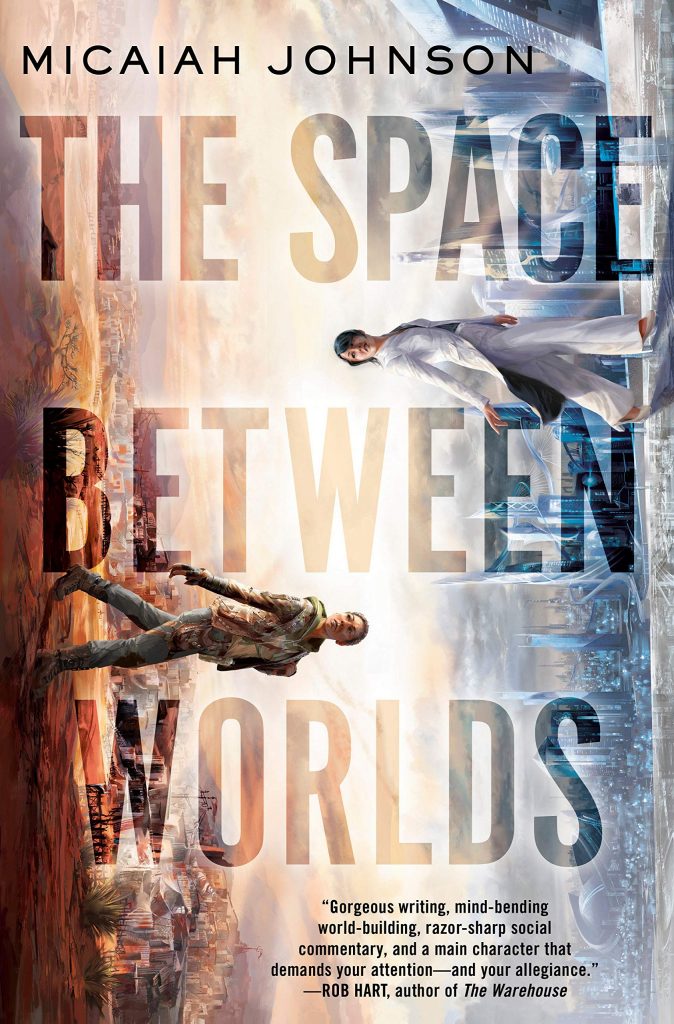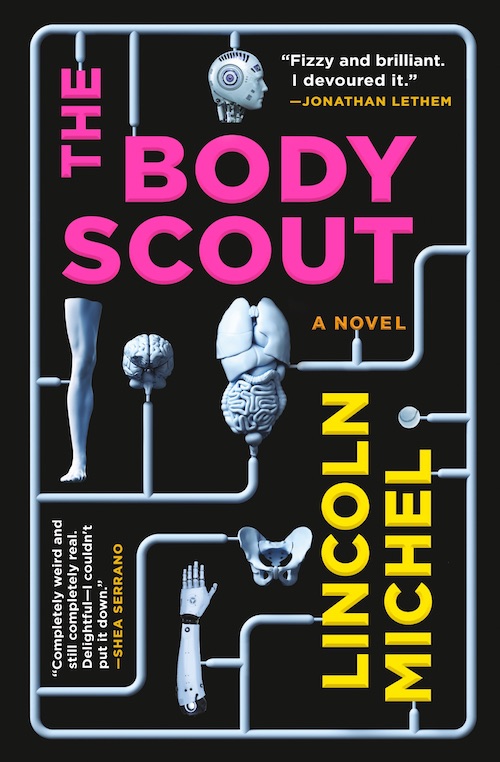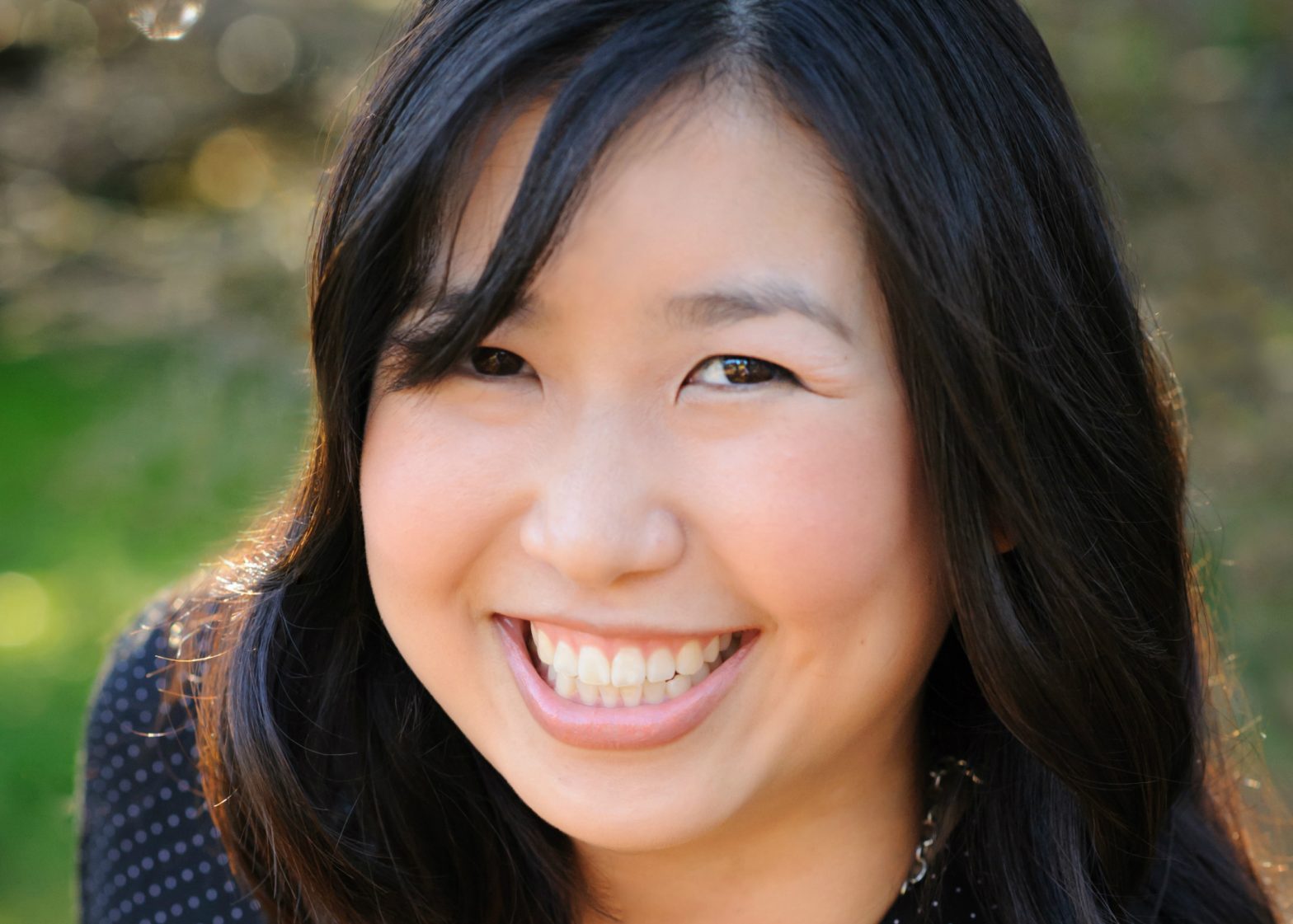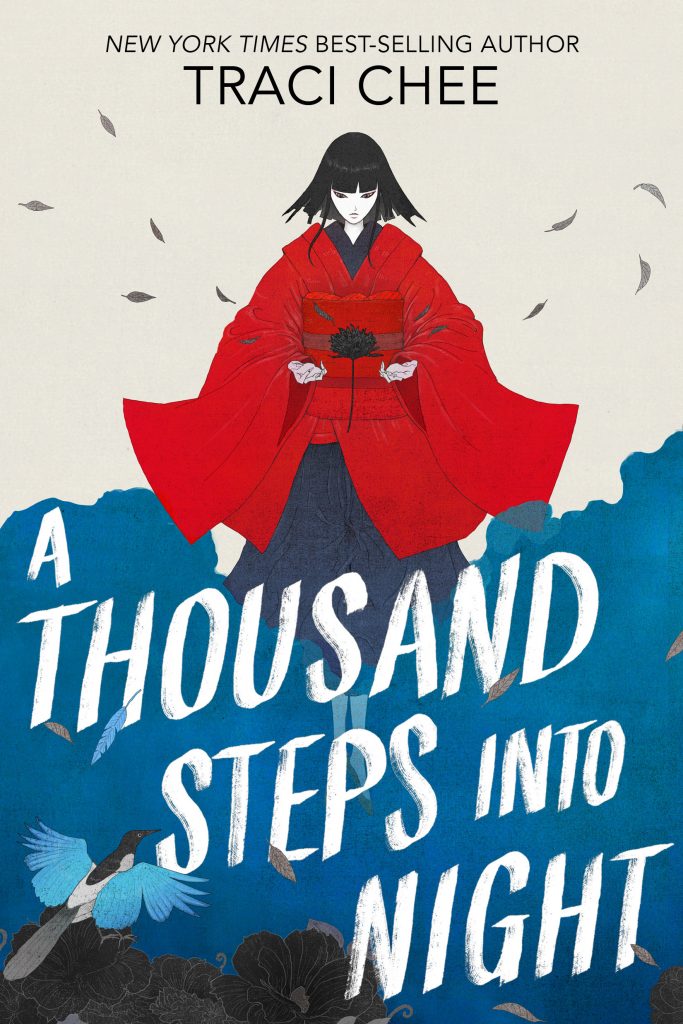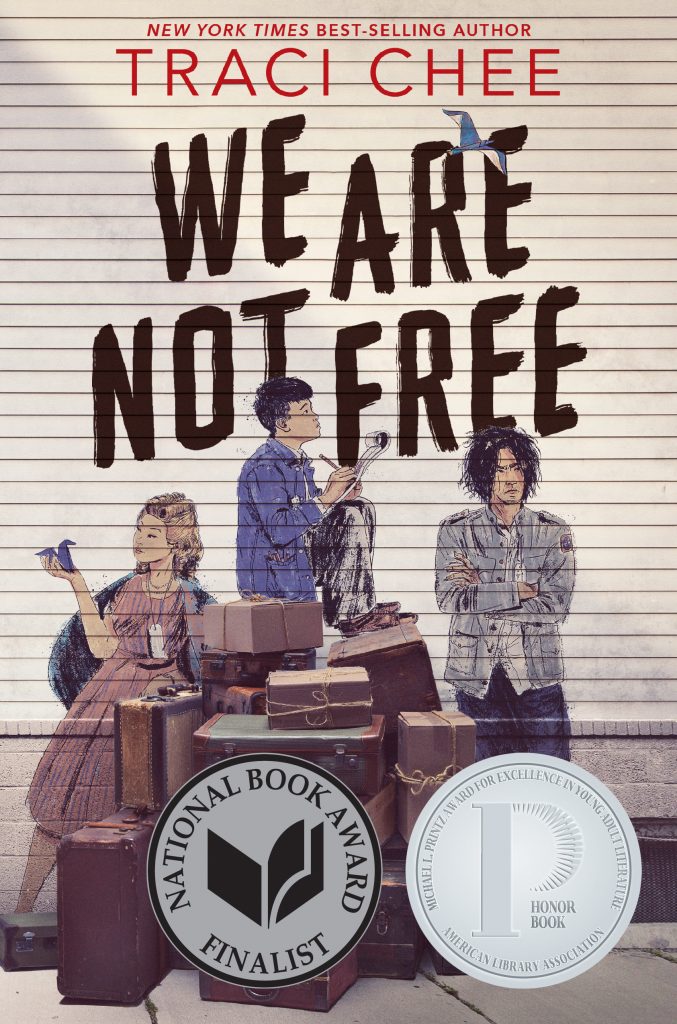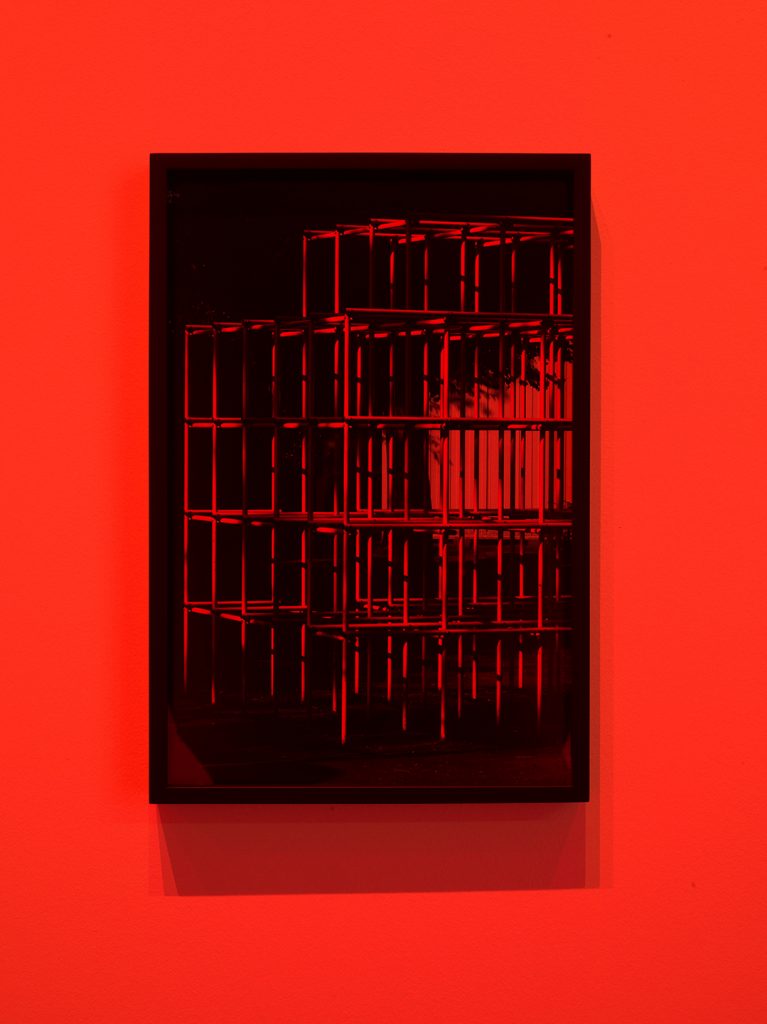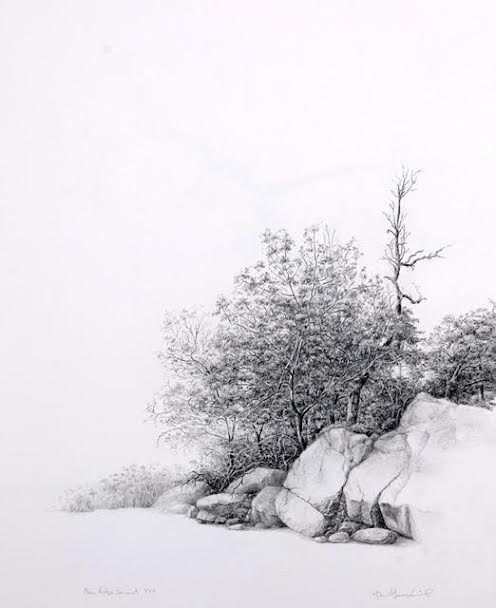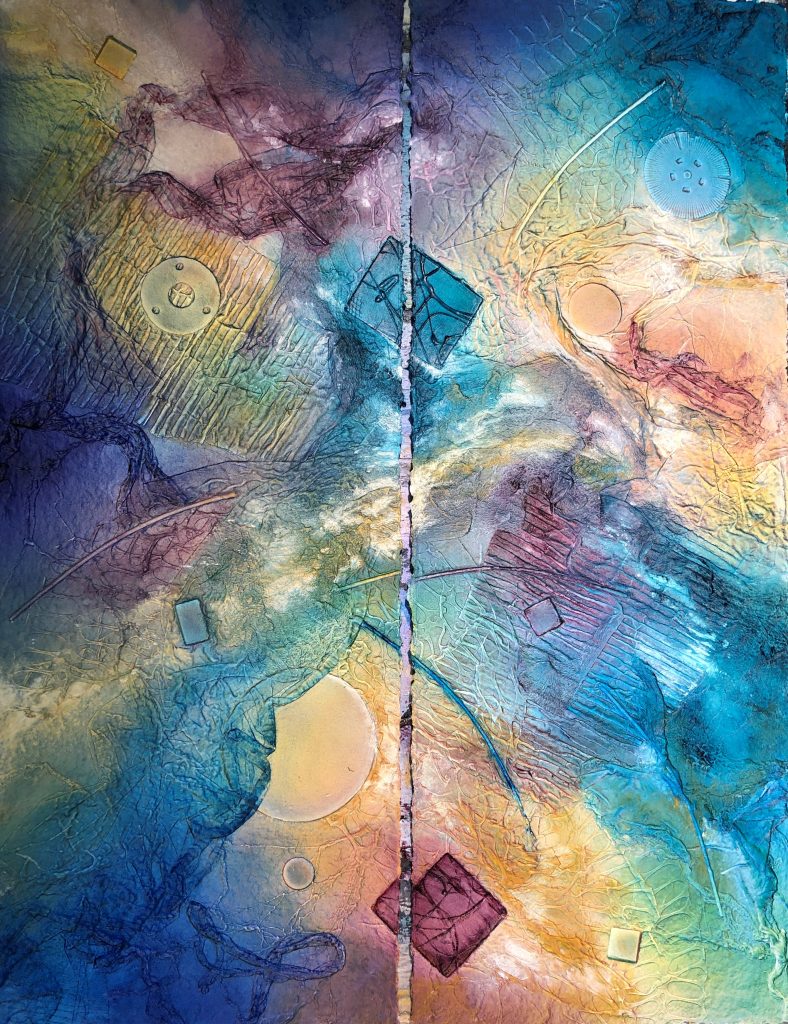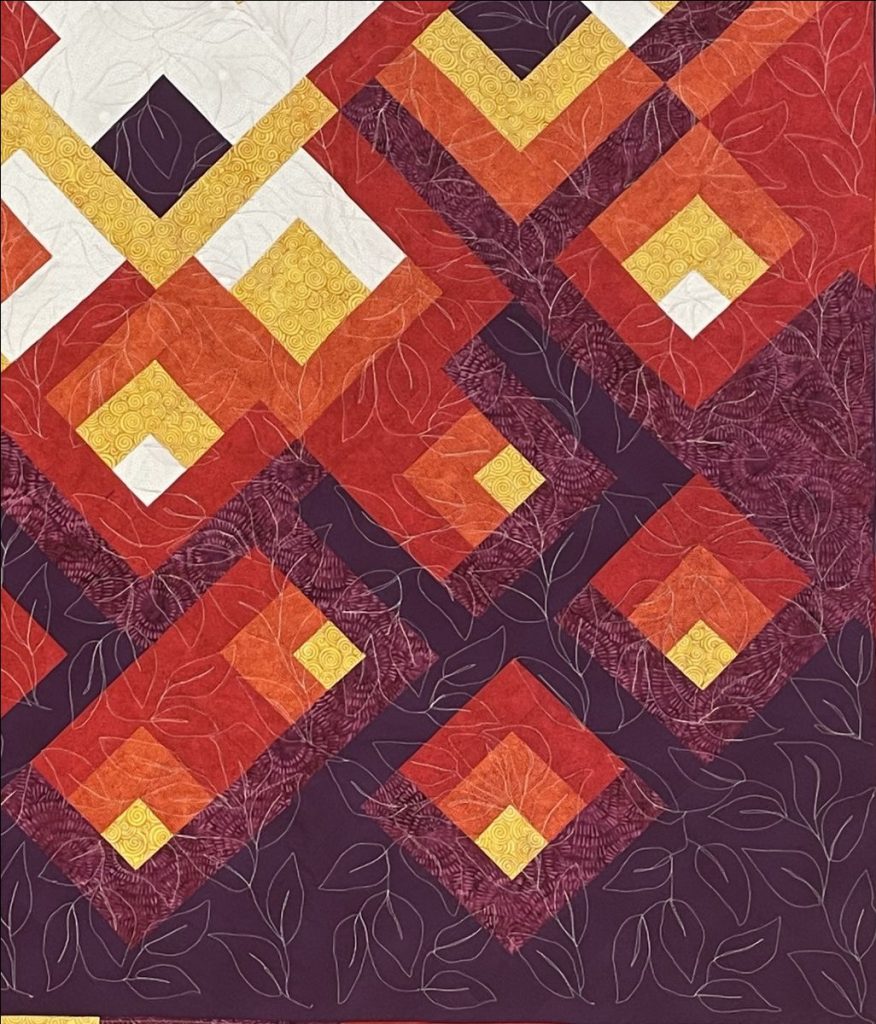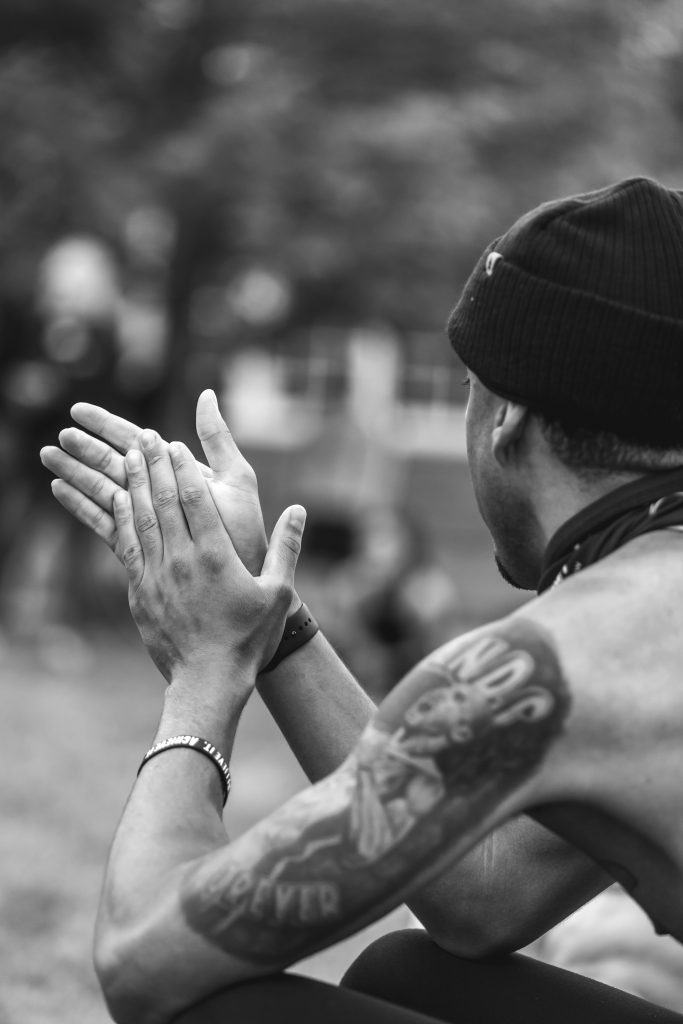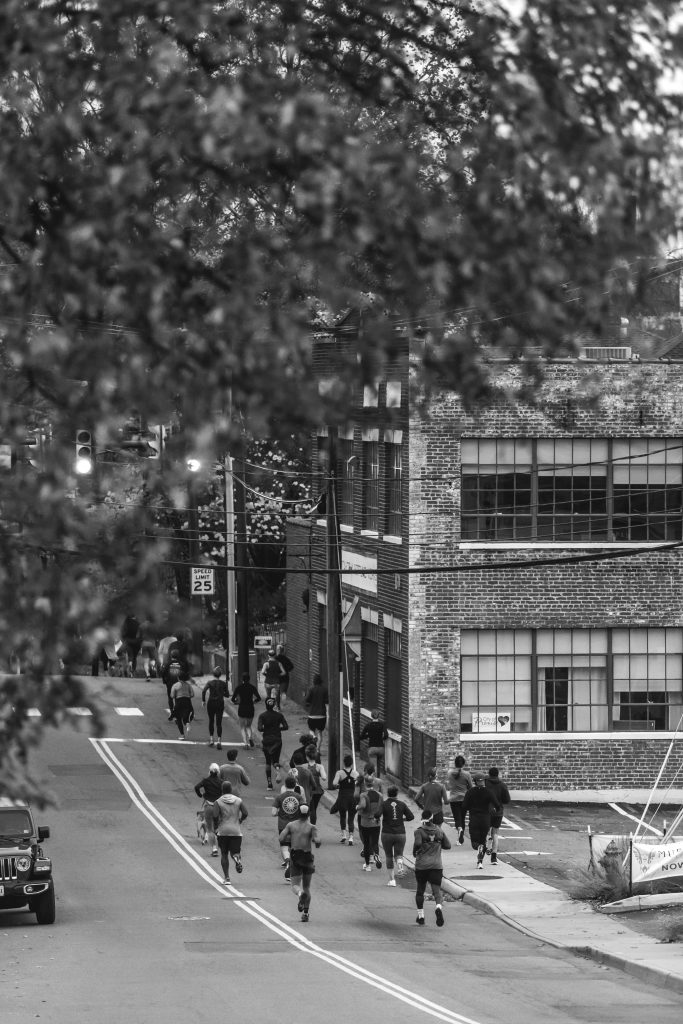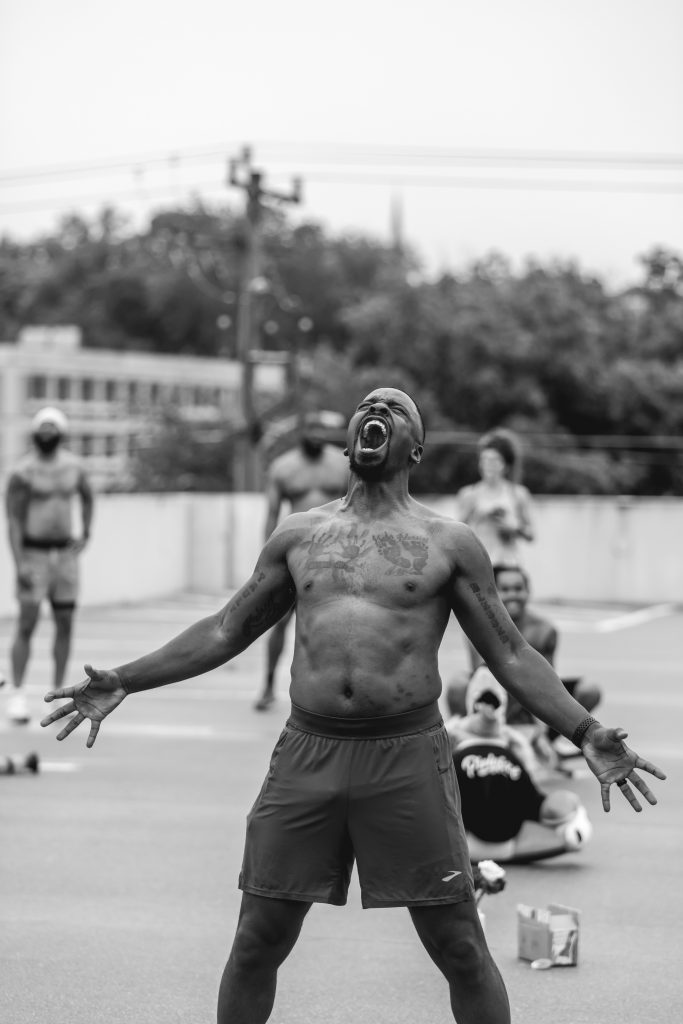Rust Belt Vegan Kitchen cooking demo
March 18, 2pm | Virtual event
When Meredith Pangrace decided to go vegan as a teenager, her grandmother made sure she was still included at family dinners. “She didn’t judge me, didn’t criticize,” writes Pangrace in her new community cookbook, Rust Belt Vegan Kitchen, “and she lovingly accommodated my choice with extra servings of potatoes, pasta, and, of course, cabbage when I came for dinner.”
Rust Belt Vegan Kitchen takes culinary favorites and staples of the Rust Belt and makes them accessible for vegans. A true community effort, the cookbook features recipes and stories from home chefs and professionals, including Dave Huffman of “Bitchy Vegan Homo” and Dustin Vanderburg of Vegan in the Hood. Inside, you’ll find recipes for desserts, hearty casseroles, party food favorites, and renowned regional dishes, including Cleveland-style Polish boys, Chicago deep dish pizza, Detroit-style coney dogs, Cincinnati chili, and more.
“More than anything, this book is not going to criticize you for whatever choices you make in your diet,” writes Pangrace. “It will encourage you to open your mind and enter the Rust Belt Vegan Kitchen. Trust us, it’s a delicious place to be.”
Pangrace shares a cooking demo of one of the recipes from this community cookbook of Rust Belt culinary favorites, updated for today’s vegan diet.

Making Sense of the World, Making Sense of Ourselves: Graphic Memoirs
March 20, noon | Virtual event
Laura Gao was born in Wuhan, China. When she was 3 years old, she and her family immigrated to a small town in Texas. No one had heard of Wuhan. Until 2020, when COVID hit. “What used to be innocent confusion has been replaced with disgust and pity. However, I’m done hiding away this time,” writes Gao in her viral web comic, “The Wuhan I Know,” which addresses anti-Asian racism and gives insight into the culture, people, and history that she knows and loves.
Messy Roots is Gao’s debut book—a coming-of-age graphic memoir that explores her identity as an Asian American and queer person, and gives readers an intimate, personal look at her hometown after it became famous for all the wrong reasons. Gao illustrates Wuhan with shades of buttery yellow, glowing orange, and earthy green—a stark contrast to the washed out browns of her Texas or the calm blues of San Francisco. “This is the Wuhan I knew. Infinite rice paddies…peaceful lily pad ponds…and my cousins and me, with no internet and too much energy.”
Gao and author Courtney Cook (The Way She Feels: My Life on the Borderline in Pictures and Pieces) explore how growing up and living life is hard enough, let alone with the added spotlight of a pandemic or the effects of borderline personality disorder.
Secrets, Sisters, and Spies
March 18, 7pm | Jefferson School African American Heritage Center
Kellye Garrett is a pro at brainstorming ways to commit murder. The crime writer worked in Hollywood for eight years, writing for the CBS drama “Cold Case” and observing all the interesting personalities that flock to the movie capital of America.
Garrett’s writing has a captivating cinematic quality. Her Detective by Day series is humorous and light, filled with fun characters and fast-paced mysteries that make for a perfect weekend read. Her new novel, Like a Sister, is a darker whodunit, set in the modern world of social media influencers and reality TV stars.
Desiree Pierce, a disgraced reality TV star, is found dead on a playground in the Bronx. The police and media call it an overdose and leave it at that, not interested in looking any further into the death of a Black woman. Desiree’s estranged half-sister, Lena Scott, knows something isn’t right, and embarks on a dangerous journey to uncover the truth. Garrett deftly examines race, class, and gender in this authentic story about family, fame, and sisterhood.
Join mystery authors Garrett, Naomi Hirahara (Clark and Division), and Alma Katsu (Red Widow) in person as they share their latest work. Each novel reveals different facets of American culture, and the heroines work to solve inexplicable deaths and long-hidden secrets.
Bodies in Space & Time: Identity in Sci-Fi & Speculative Fiction
March 19, 2pm | Virtual event
“One of my favorite types of writing is magical realism,” says author Ryka Aoki. “Others may have their definitions, but for me, magical realism is a style that highlights what is sublime about everyday living—then enhances it with a bit of magic or religion or even the stuff of nightmares.”
In Aoki’s Light from Uncommon Stars, the mundane is made magical and the possibilities are endless. It’s a story about queer love, making deals with the devil, and alien donut makers. Shizuka Satomi is a renowned violin teacher who made a bargain to deliver seven souls to hell. She’s got one more left, and time is running out. Katrina Nguyen is a young trans runaway who finally made it to Los Angeles and escaped her violent father. Lan Tran is an alien refugee who runs a donut shop. These three lives collide in a story that’s both fantastically fun and staggeringly real in its depictions of transphobia, racism, and violence. Aoki’s deeply moving writing invites readers to understand the power of found families, music, and delicious donuts.
Aoki, Micaiah Johnson (The Space Between Worlds), and Lincoln Michel (The Body Scout) discuss the explorations of race, gender, and identity posed in their science fiction and speculative fiction.

